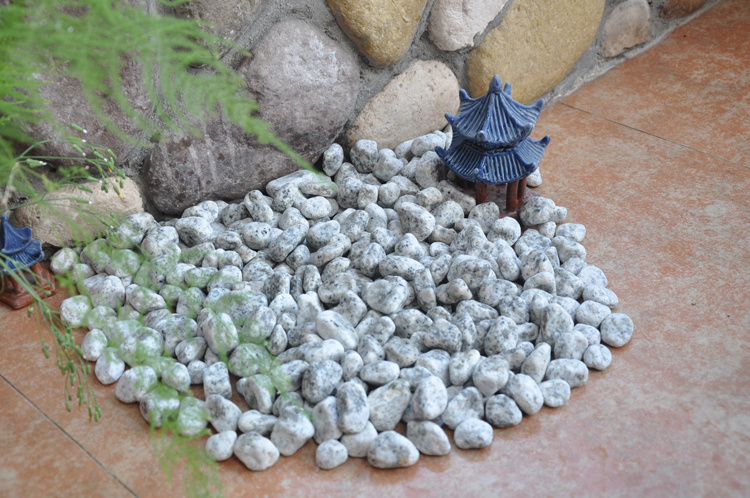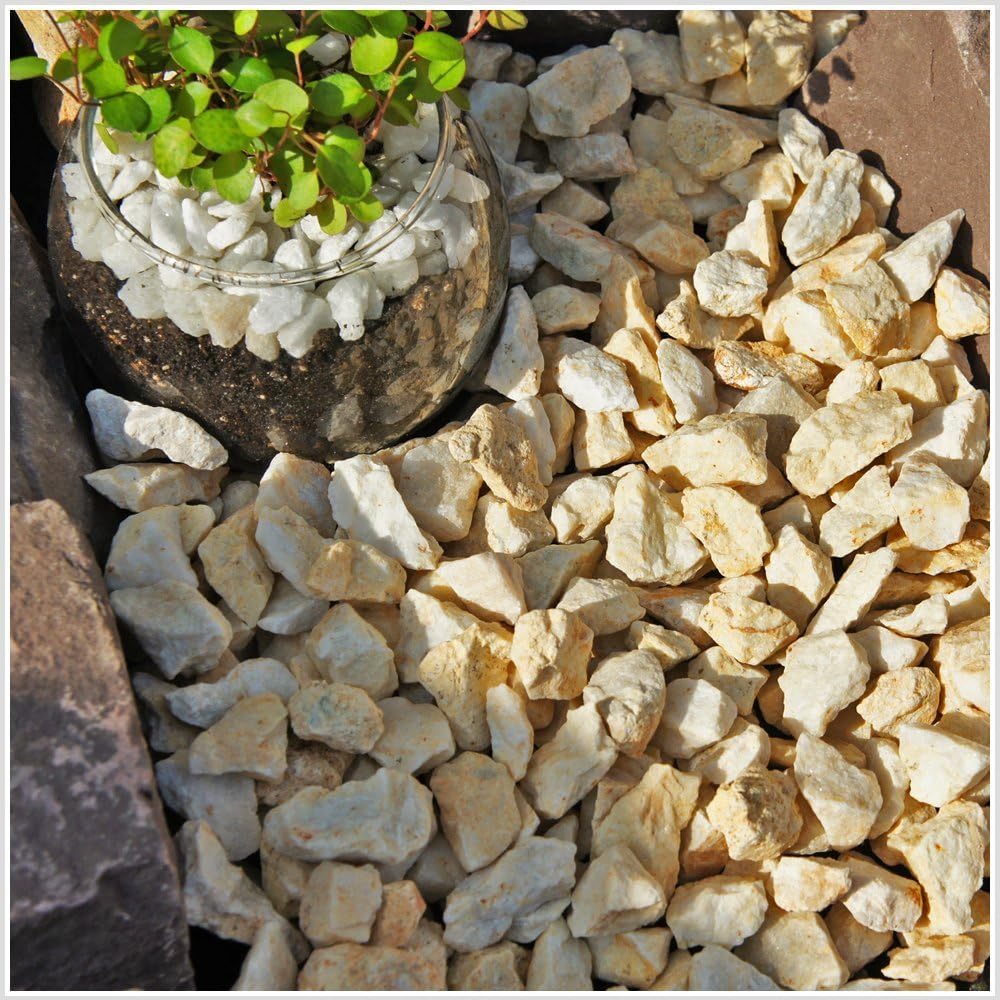The pebblestone market has been experiencing significant growth in recent years, with both exports and imports reaching new heights. Despite global uncertainty, the demand for cobblestones remains steady, bolstered by their versatility and durability.
Export-wise, pebblestones from various countries, including Italy, China, India, and Belgium, have seen a surge in demand from international markets. These natural stones, known for their aesthetic appeal and strength, are widely used in infrastructure projects, landscaping, and architectural designs. Countries like Italy and Belgium, renowned for their cobblestone craftsmanship, have been able to position themselves as leading exporters in the global market.
On the other hand, the import of peblestones has seen a significant rise as well. Developing countries such as India and China are importing vast quantities of cobblestones to meet their ever-growing demand for infrastructure development and urban beautification projects. The quality and cost-effectiveness of imported cobblestones have made them a popular choice among these countries.
In terms of market status, pebblestones have proven to be a resilient investment despite the economic challenges posed by the global pandemic. As governments worldwide continue to invest in infrastructure development and urban renewal initiatives, the cobblestone market is expected to maintain its upward trajectory, providing a stable source of revenue for exporters.
However, challenges such as transportation costs and environmental concerns have emerged as key issues affecting the cobblestone market. The transportation of heavy pebblestone materials across vast distances adds significant costs to both importers and exporters. Additionally, the extraction of cobblestones from quarries raises environmental concerns, leading to calls for sustainable sourcing and reducing the industry's carbon footprint.
Efforts are being made to address these challenges and promote sustainable practices within the industry. Several companies have started utilizing eco-friendly packaging and finding innovative ways to reduce transportation costs. Moreover, stakeholders in the cobblestone market are working towards establishing certification standards that ensure the ethically-sourced and environmentally-friendly production of peobblestones.
In conclusion, the pebblestone market continues to thrive, benefiting from both export and import activities. The demand for pebblestones remains strong due to their durability and aesthetic appeal, fueling growth in the industry. While challenges like transportation costs and environmental concerns persist, the market is adapting and transitioning towards more sustainable practices. With governments investing in infrastructure development and urban renewal, the cobblestone market appears to have a promising future ahead.
Post time: Sep-28-2023



